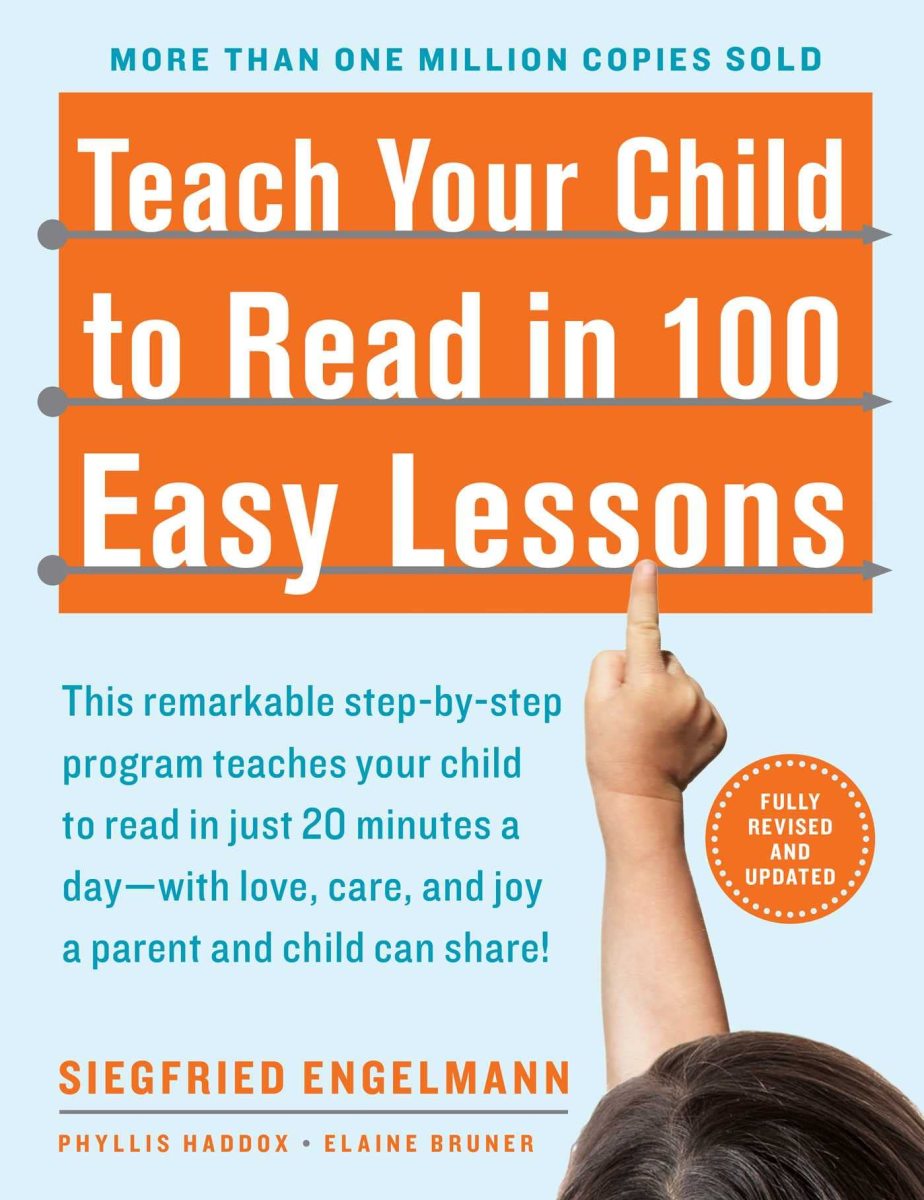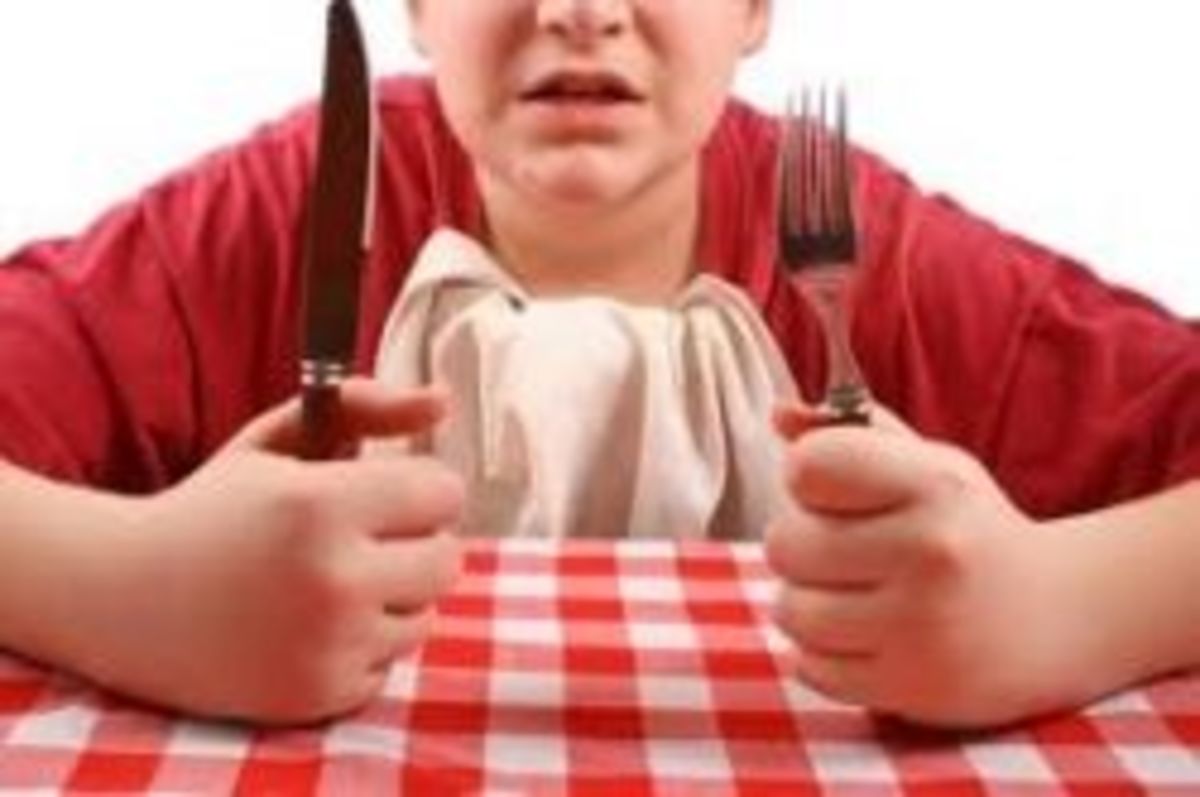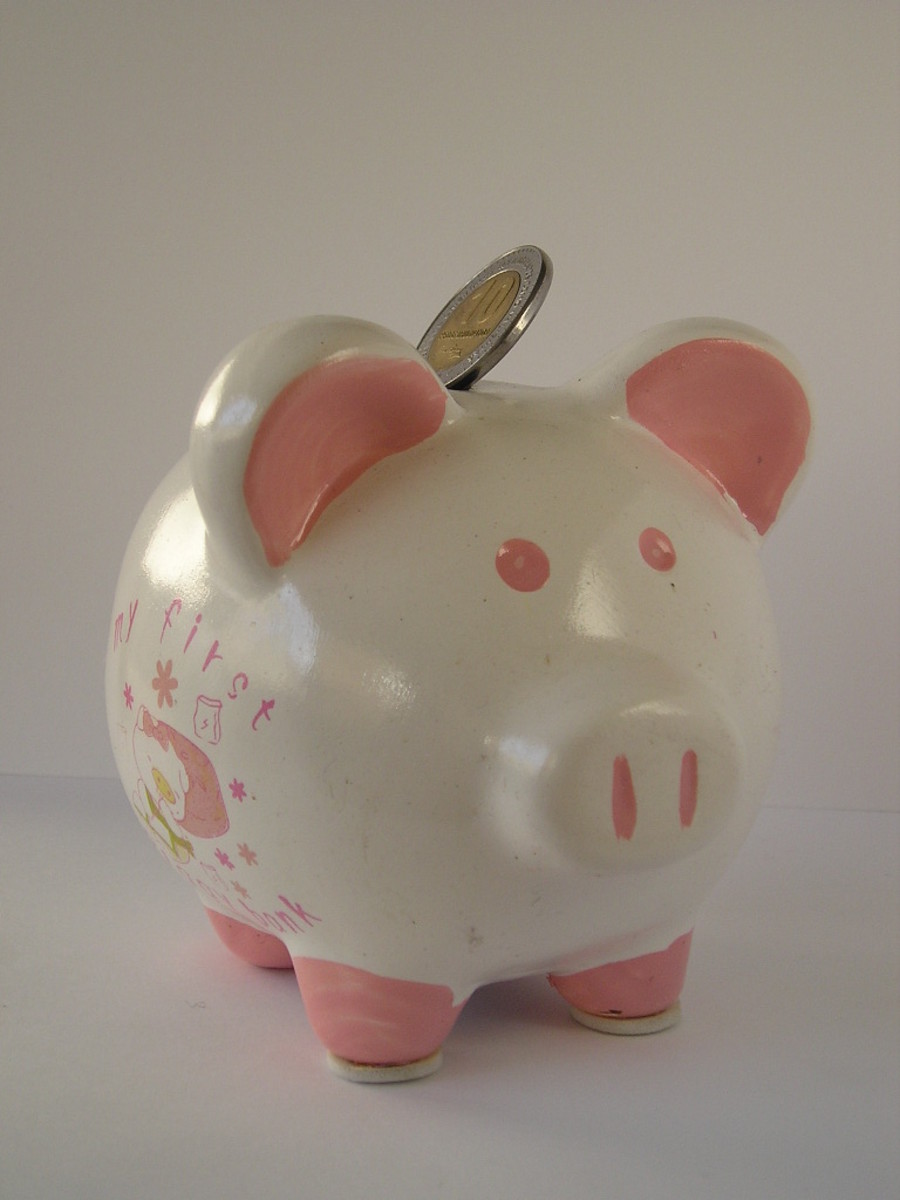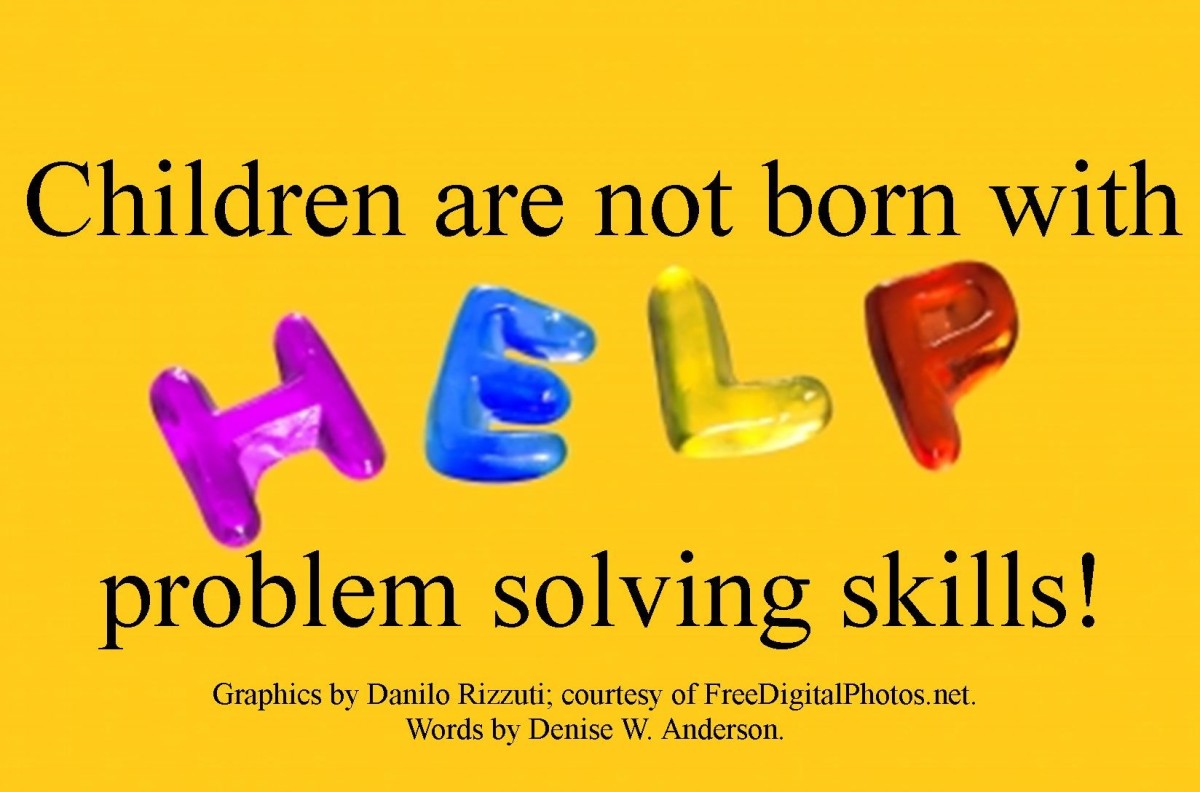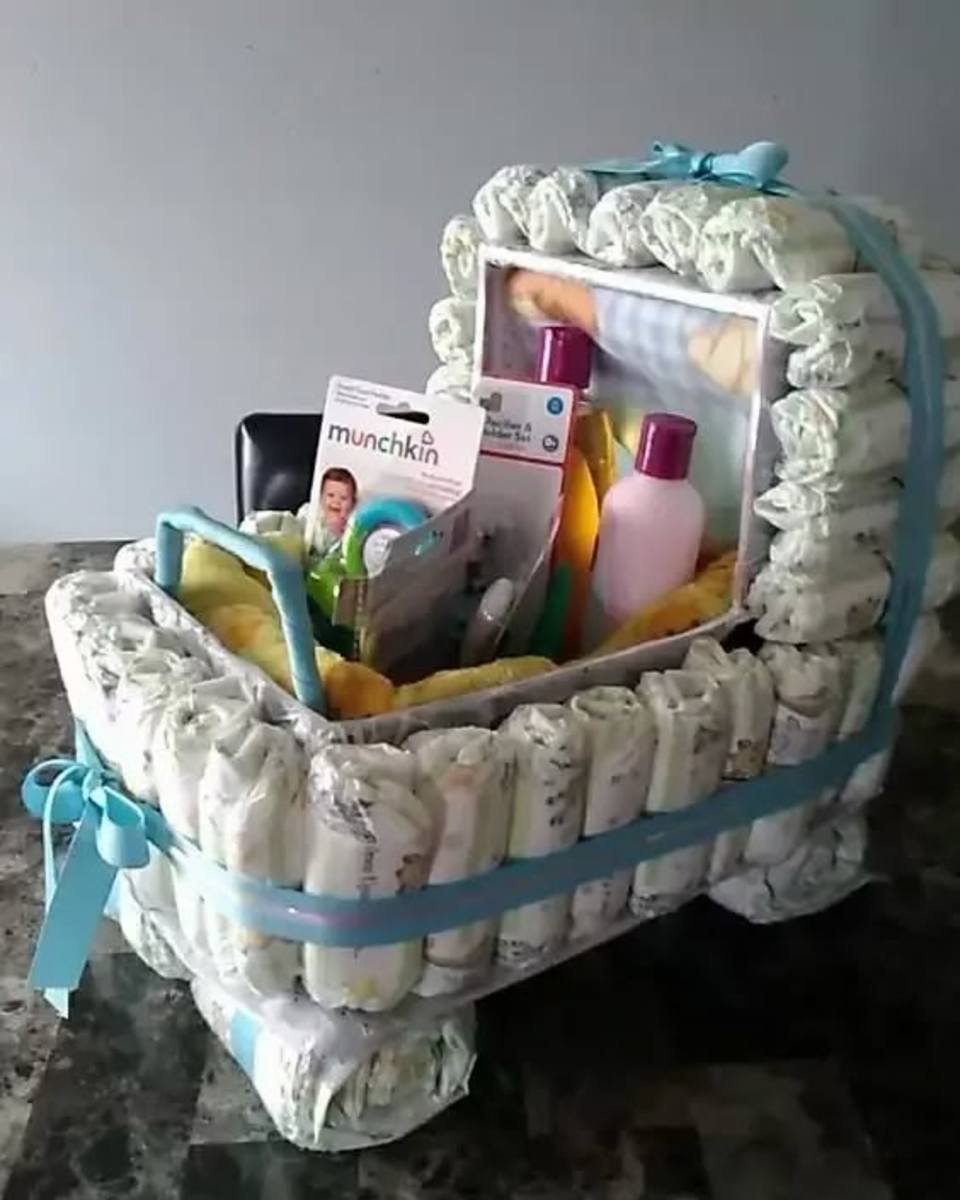How to Teach Good Manners to a Child
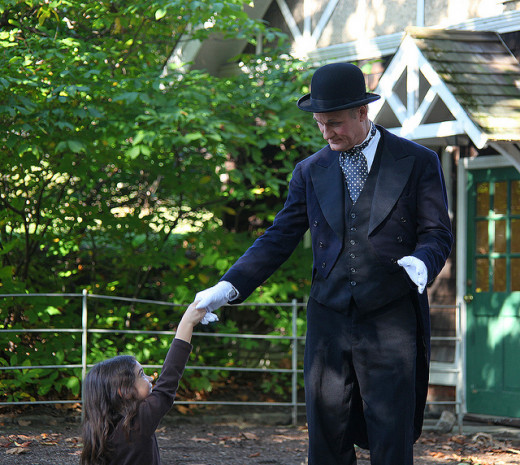
Are you wondering how to teach good manners to a child? A good way to start is by taking a good look in the nearest mirror.
How are your own manners? If you've ever heard the saying "more is caught than taught," you'll recognize the important of always displaying your best company manners for your child to see and to emulate.
Here we'll look at ways to provide an appropriate role model for your child, fun ways to incorporate rote repetition and role playing into your family life, and suggestions for extending the lessons with creative activities.
Put these tips to work and you'll quickly become the parent or caregiver of a well-behaved child who will be welcome at any event or social situation.
Teaching Good Manners by Role Modeling
Even the littlest learners quickly learn to use their magic words—please, thank you, and you're welcome—when they see and hear their adult role models using them.
This good manners lesson is one of the simplest to teach; every time you ask your child to do something, preface your request with please.
- For example: "Zach, please pick up your toys now."
- Recognize their positive behavior with more good manners training: "Thank you for picking up your toys so quickly."
Model good manners at meals. Kids are great imitators and quickly learn to say and use the appropriate words when they hear other family members using their manners. This practiced behavior quickly becomes a good habit. It's easier to reinforce and to maintain good habits, so act quickly to correct any rude or disrespectful behaviors.
Use the role model method to teach:
- Toddlers to say please, thank you, and may I.
- Preschoolers to say please, thank you, may I, you're welcome, and hello. Most can also learn to shake hands and introduce themselves.
Elementary students to say words and phrases such as:
- Please
- May I
- Excuse me
- May I have your attention, please?
- Thank you
- You're welcome
- I'm sorry
- Please forgive me
- Pardon me
- No, thank you
How to Teach a Child to Shake Hands
To teach a child to shake hands by the role model method, work with two adults or an adult and an older child.
- Smile at each other and make eye contact.
- Extend your right hand to the other person who will grip it firmly but not too tightly.
- Say something like: "Hello, my name is Zach. I'm pleased to meet you."
- The other person responds appropriately: "Hello, Zach. My name is Tom. It's nice to meet you, too."
- Next, switch roles and let the child practice making an introduction and shaking hands.
You can use this same method to teach a child how to answer the phone properly or how to introduce one person to another. Keep it fun and if they make a mistake, correctly them gently and repeat the practice.
Rote Repetition Increases Lesson Retention
An important part of teaching good manners to a child is by spaced repetition and positive reinforcement. Compliment them when their manners are good and use fun ways of reinforcing lessons they have already learned.
For instance, many parents find it helps to have a contest to see who can use the most good manners in a given time period. Set a timer for ten or fifteen minutes and watch your children try to out-do each other in their usage of please, thank you and you're welcome! Be sure to join in the fun yourself by displaying your good manners to your family.
As you go about your daily activities, make a conscious effort to catch your kids using their manners. Recognize their efforts by saying things like: "I really liked the way you thanked your friends for letting you play with their toys."
Reinforce Good Manner Lessons With Fun Stories
Kids love a good story, which makes using children's books about good manners an easy way to reinforce your lessons.
Good choices are stories using characters with which they are already familiar such as Clifford the Big Red Dog, Arthur (from the books by Marc Brown) or Piggie and Elephant (from the Mo Willems' books).
Here are some of our family's favorite books about manners:
Should I Share My Ice Cream? by Mo Willems
Gerald the elephant has a dilemma - should he share his ice cream with Piggie or not? Oops, what will happen to the ice cream if he takes too long to make up his mind? This book reinforces lessons about sharing and being respectful of others feelings.
Clifford's Manners by Norman Bridwell
Emily Elizabeth is teaching Clifford to use his good manners. This fun to read story can be used to teach good manners to a child or to reinforce previous lessons.
Manners Matter by Marc Brown
Binky's manners leave a lot to be desired, so Arthur and the gang decide to teach him a lesson.
The Berenstain Bears Forget Their Manners by Stan and Jan Berenstain
What has happened at the Bears' house? Mama channels her frustration about the cubs' poor manners into a behavior modification plan that quickly turns their behavior around when they are faced with penalties for bad manners.
Benefits of Good Manners
As parents, we want our children to have good manners for lots of reasons, not the least of which is to avoid personal embarrassment by a child's rude or obnoxious behavior. However, did you know teaching your kids good manners provides a wealth of future benefits for them such as:
- Knowing and using appropriate manners increases a child's feeling of self-worth.
- They feel valued, loved and accepted by others.
- Children with a foundation of good manners typically perform better in school and form higher quality relationships.
- They make positive first impressions on others and develop self control.
Given all these benefits, isn't it worth investing a little time in learning how to teach good manners to a child?

